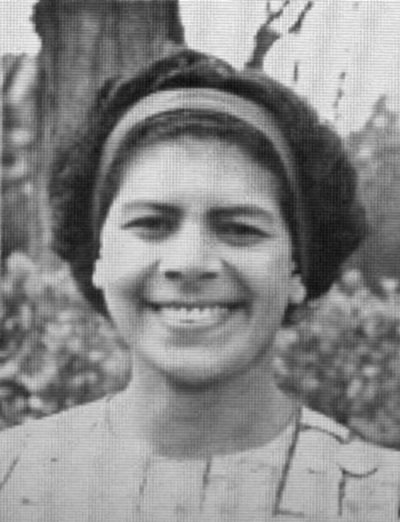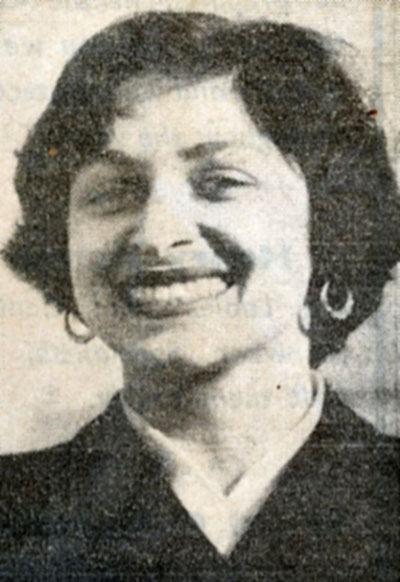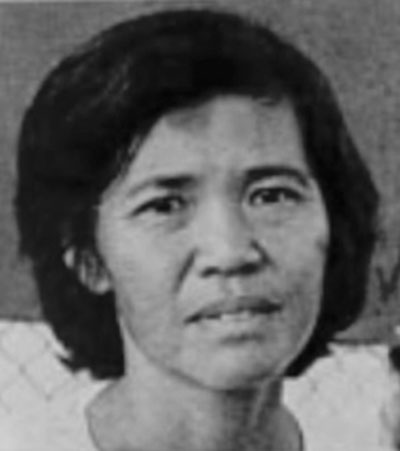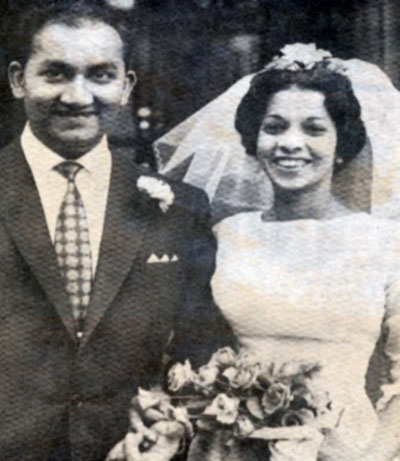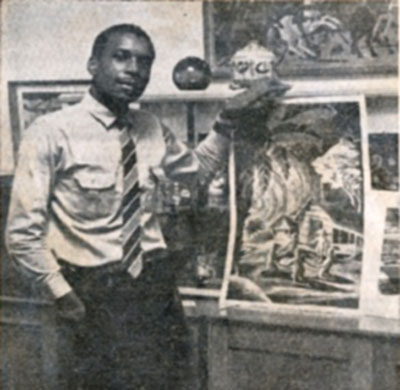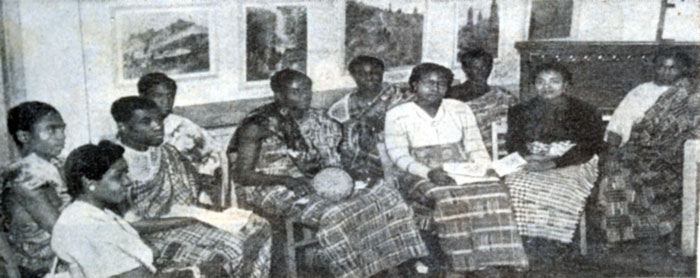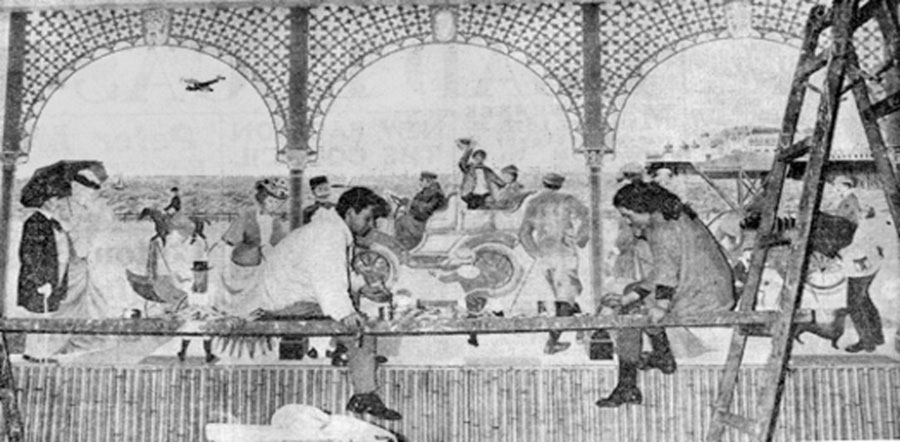Doctor and researcher of high blood pressure and kidney disease

Frederick Henry Horatio Akbar Mahomed was born in Brighton and came from a family interested in health. His father Frederick Mahomed (1818–1888) ran a gym in Brighton. His grandfather was the Indian author Sake Dean Mahomed (1759–1851) who owned ‘Mahomed’s Baths’ on Brighton’s seafront. Sake Dean became known as ‘Dr Brighton’ and was appointed ‘Shampooing Surgeon’ to Kings George IV and William IV. Frederick was educated privately in Brighton before, at 18, studying at the Practical School of Medicine at the Royal Sussex County hospital in Kemptown. In line with contemporary medical training, he went on to complete his studies in London. Frederick studied at Guys’ hospital, London, where in 1871 he won the student Pupils’ Physical Society prize for his work on the sphygmograph.
At this time there was no such thing as the modern BP measuring machine widely used today. Frederick’s quantitative sphygmograph represented a scientific advance by dint of measuring the force of the pulse in numbers. He proved its clinical value by showing that raised blood pressure preceded kidney disease. This observation formed the foundation for treating high blood pressure to prevent damage to body organs such as the kidney. Mahomed published his research as ‘The physiology and clinical use of the sphygmograph’ in the Medical Times and Gazette, 2 (9 August 1873), pp. 141–143.
Frederick’s clinical and academic progression was rapid. He was appointed Member of the Royal College of Surgeons of England in 1872. The Royal College of Physicians of London appointed him Member in 1874 and Fellow in 1880. In 1875 he gained his Doctor of Medicine degree from the university of Brussels. He was awarded his Bachelor of Medicine degree from Cambridge University in 1881 for his thesis on ‘Chronic Bright’s disease without albuminuria’.
In 1877, Frederick returned to working at Guy’s Hospital. He died in 1884 from typhoid fever and is buried in Highgate cemetery.
Dr Max Cooper and Professor Mike Okorie
Further reading
Stewart Cameron, Jackie Hicks, Gottschalk Carl, ‘Frederick Akbar Mahomed and his role in the description of hypertension at Guy’s Hospital’, Kidney International, Volume 49, Issue 5, May 1996, Pages 1488-1506

